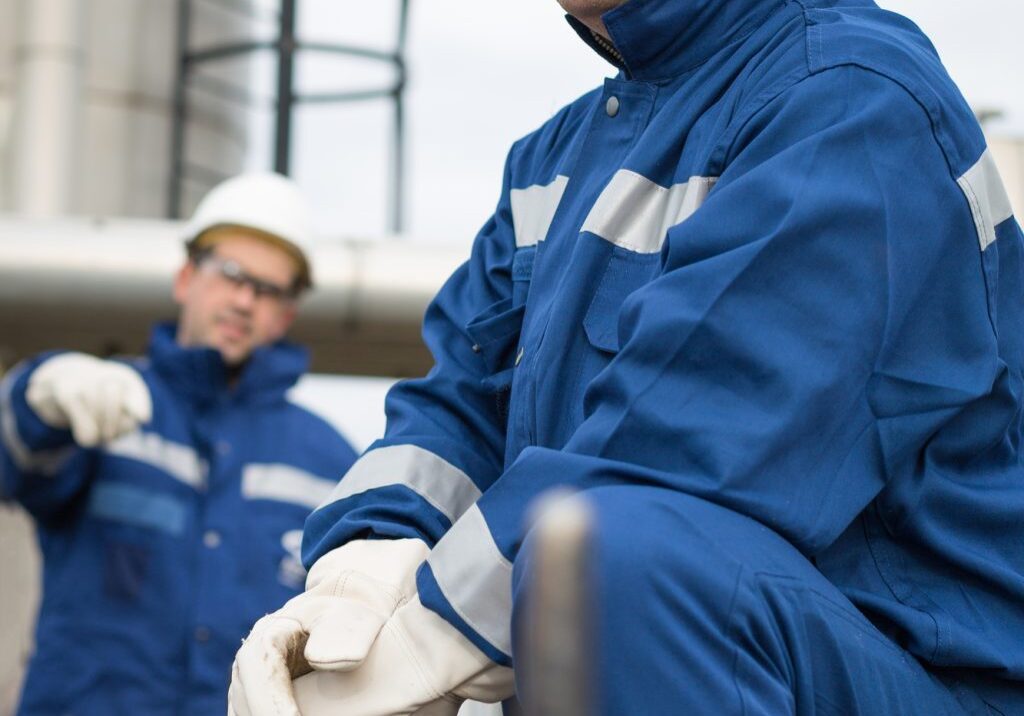The Pros and Cons of Coating Your Pump
Various types of rotating equipment, including pumps, wear over time. This wear can lead to reductions in critical tolerances and also impact efficiency and overall pump performance. At that stage, many pump operators make the decision to take the pump out of service for maintenance and repair.
Typical protocol calls for pump disassembly followed by a careful inspection for primary types of wear and tear. One item to look for is notable corrosion on the pump impeller.
Corrosion builds over time in iron or iron based pumps and can also be accelerated by the environment the pump is in. For example, a pump in a milling or refining facility has a great deal of energy that flows through it and therefore has more corrosion. There can also be abrasive materials and fluids present in those facilities, which also accelerate corrosion.
One solution to corrosion is to apply a non-conductive and sufficiently dense and porous coating to the pump to prevent further corrosion. There are pros and cons to this solution, which are outlined below:
Cons
- Coating is a temporary measure like any surface treatment
- Coating is no good for pumps with narrow passages
- May only work for specific types of pumps and in specific environments
Pros
- Avoid spare parts carrying costs
- Avoid extensive repair or replacement part expenses
- Fast turnaround (3-6 weeks) vs. part repair/replacement
- Should result in improved operating efficiency and energy utilization
The bottom line is that each pump should be evaluated on a case-by-case basis and the rotating equipment repair experts should only propose coating as the solution if it fits the situation and will meet the customer’s needs.
“Our clients who coat their pumps get a longer life on their product, so it is a good investment,” says Shannon Matthieu, Shop Superintedent at HDS.
Share this post:



